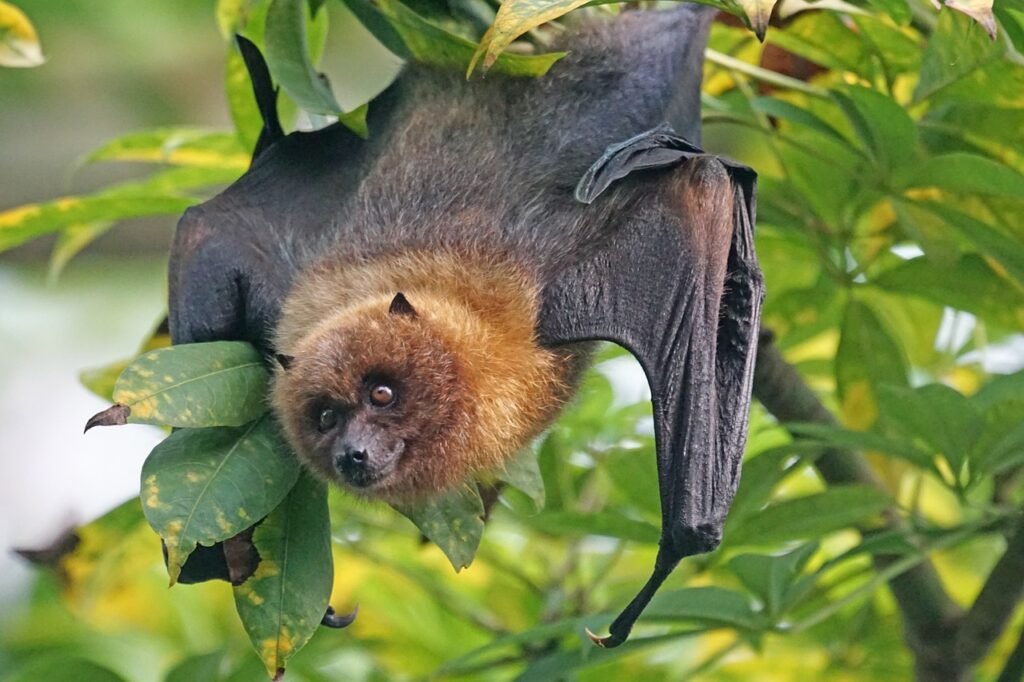Shrouded in darkness and mystery, bats are emerging from the shadows as unsung heroes in the world of nocturnal pollination, a recent report reveals. This comprehensive study, conducted by a team of biologists, unveils the critical role of these enigmatic creatures in pollinating more than 500 species of flowering plants.
While bees and butterflies take the spotlight as pollinators, bats quietly contribute significantly to the ecosystem, a fact often overlooked. When bats traverse from one region to another, they inadvertently facilitate the transfer of pollen from one flower to another, aiding in the reproduction of various plant species thus ensuring their survival and diversity.
Unlike their daytime counterparts, bats are nocturnal creatures, making them unique pollinators of flowers that bloom under the cover of darkness. This nocturnal pollination process ensures the fertilization of plants that rely on bats for reproduction, a fascinating aspect of nature’s intricate web.
Moreover, the report emphasizes the global significance of bat pollination since bats inhabit diverse ecosystems worldwide, ranging from tropical rainforests to arid deserts. Their presence guarantees the pollination of various plant species, including economically important crops.
Threats such as habitat loss, pesticide use, and climate change pose significant risks to these invaluable pollinators. Without bats, many plant species could face decline, leading to ecological imbalances and potential food shortages for humans and wildlife alike. The urgency to protect these creatures and our ecosystems is more pressing than ever.
Remarkably, many people remain unaware that over 500 plant species, including mango, banana, durian, guava, and agave (used in tequila production), rely on bats for pollination. Therefore, the next time one enjoys a sip of tequila or indulges in a mango, a moment of gratitude to the bats is warranted. This phenomenon of plant pollination by bats is termed chiropterophily.
Plants pollinated by bats often feature pale nocturnal flowers, in contrast to the bright, daytime flowers that attract bees. These flowers are typically large and bell-shaped, ideally suited for bats to access. Some bat species, such as the tube-lipped nectar bat of Ecuador and the banana bat of Mexico’s Pacific coast, have evolved extraordinarily long tongues to reach the nectar at the bottom of these flowers. The tube-lipped nectar bat’s tongue can even exceed one and a half times the length of its body.

